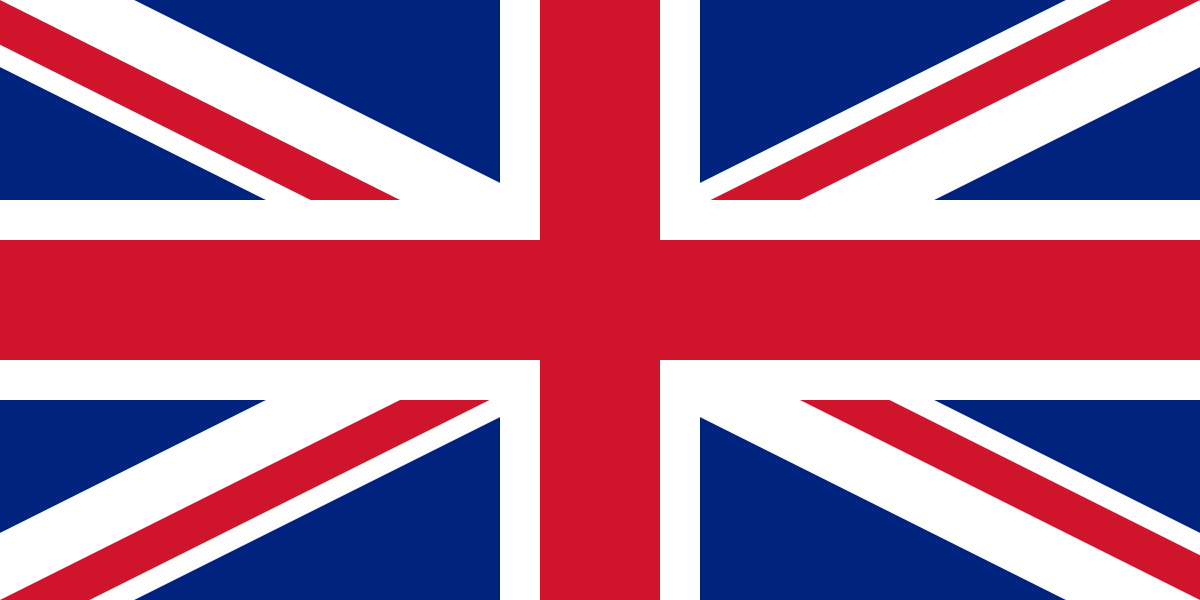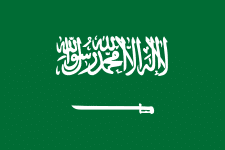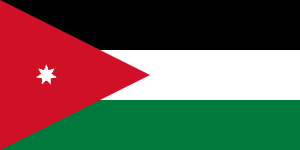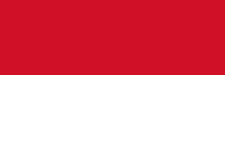- Industry
- Region
- Country / Region
On August 9, 2024, the Federal Communications Commission (FCC) issued another announcement on the Federal Register website announcing that the Internet of Things (IoT) cybersecurity labeling rule will become effective on August 29, 2024, with a compliance date of September 9, 2024, following the release of the final rule of the IoT cybersecurity labeling rule on the federal publication website on July 30, 2024.
Click this link to view the original announcement on the Federal Register website.
On 6 August 2024, the Oman Telecommunications Regulatory Authority (TRA) launched a public consultation on the draft Ultra-Wideband (UWB) technical regulation and will open for public comment until 2 September 2024. In terms of standards, the draft has the following two requirements:
- All equipment mentioned in Annex (A) shall comply with the latest versions of the European harmonized standards EN 302 065 and EN 302 500-1;
- UWB devices for Ground Penetrating Radar (GPR)/Penetrating Radar (WPR) should comply with the latest version of EN 302 066.
Click on this link to view the original TRA public consultation.
On August 2, 2024, GCF released GCF-CC 3.94.0, which changes the frequency bands as follows:
- Deleted frequency band: none;
- New frequency bands: DC_13A_n261A, CA_DL_n66A-n77C, CA_DL_n1A-n28A-n78A, CA_DL_n1A-n3A-n28A-n78A.
GCF-CC 3.94.0 will have an effective date of August 2, 2024 and a mandatory date of November 12, 2024 (GCF 3.93.0 will be valid until November 11, 2024).
On 1 August 2024, the United Kingdom Communications Agency (Ofcom) launched a public consultation on expanding spectrum access for fixed links in the 32 GHz band. The consultation will be open for comment until September 13, 2024.
Click on this link to view the original Ofcom public consultation.
On July 31, 2024, the Communications, Space and Technology Commission (CST) of Saudi Arabia updated the Internet of Things (IoT) regulations, which will come into force on September 30, 2024.
Click this link to view the original regulation.
On July 30, 2024, the Telecommunications Regulatory Commission (TRC) of Jordan officially issued new type approval regulations, which will come into force on September 15, 2024.
Key changes to the regulation include the following updates:
- The validity period of the certificate has been shortened from 3 years to 1 year;
- The label must meet the following requirements: be physically and/or electronically printed on the product and/or outer packaging/in the user manual and/or device operating system; The label must contain the manufacturer's name, brand, model, marketing name (and IMEI of the device with a cellular network module);
- Exempt goods include: printers, copiers, monitors, desktop computers, and wired and wireless cameras without high-power radio capabilities; Short-range devices (SRDs) that support Bluetooth technology only; satellite TV receivers; Corded telephone without radio communication module.
Click this link to view the original TRC regulations.
On July 30, 2024 United States, the FCC published a final rule on the Federal Publication website, following the release of the Federal Communications Commission's (FCC) report and order number FCC 24-26 on March 15, 2024. In terms of final regulatory amendments, the document and the report published on March 15, 2024 are editorial revisions and have no substantive changes compared to the proposed regulatory amendments in the Order. The final rule will come into effect on August 29, 2024.
Click this link to view the original text of the final rule.
On July 29, 2024, the Nigerian Communications Commission (NCC) published the Type Approval Regulations 2024 and on August 15, 2024, the Type Approval Business Rules 2024. The two regulatory updates involve significant changes to the certification process, particularly affecting labeling and technical standards compliance.
It is important to note that updates to electromagnetic compatibility (EMC) standards and stricter cybersecurity requirements for IoT devices are already mandatory requirements for market access. These changes also affect radio spectrum allocations, including specific frequency bands such as 24 GHz and 76-77 GHz, requiring compliance with newly developed standards. There is a detailed list of criteria in the business rules.
Click on this link to view the original text of the type approval regulations. Click this link to view the original business rule.
On July 28, 2024, the Bahrain Telecommunications Regulatory Authority (TRA) issued an announcement to allow the use of next-generation Wi-Fi 7 products. This announcement follows TRA's updated technical specifications for Wi-Fi 6 and Wi-Fi 6E earlier this year.
Click this link to view the original announcement.
On July 25, 2024, Minister of Ministry of Communications and Informatics (KOMINFO) issued Nomor 352 Tahun 2024 on technical standards for telecommunications and/or mobile telecommunications equipment based on the Long Term Evolution Technical Standard and the International Mobile Telecommunications 2020 standard. This new regulation provides the following additional frequency bands for smartphones and other devices with WWAN capabilities supported by WWAN base stations:
- LTE: subscriber stations and base stations B28 and B31; Repeaters: B1, B3, B5, B8, B28, B31 (without B40);
- 5G subscriber stations and base stations: FR1 (n28), FR2 (n258).
Click on this link to view Nomor 352 Tahun 2024.






